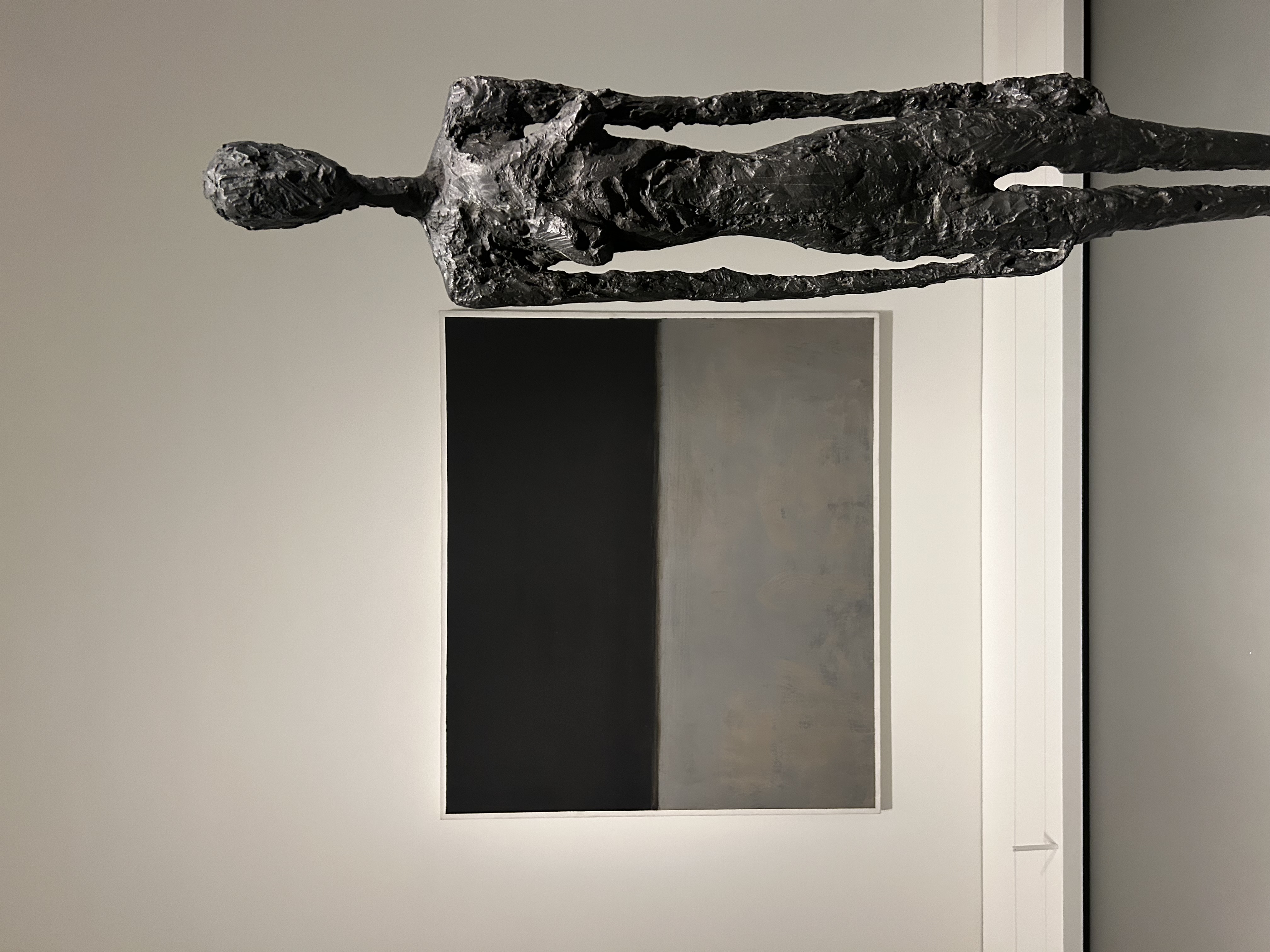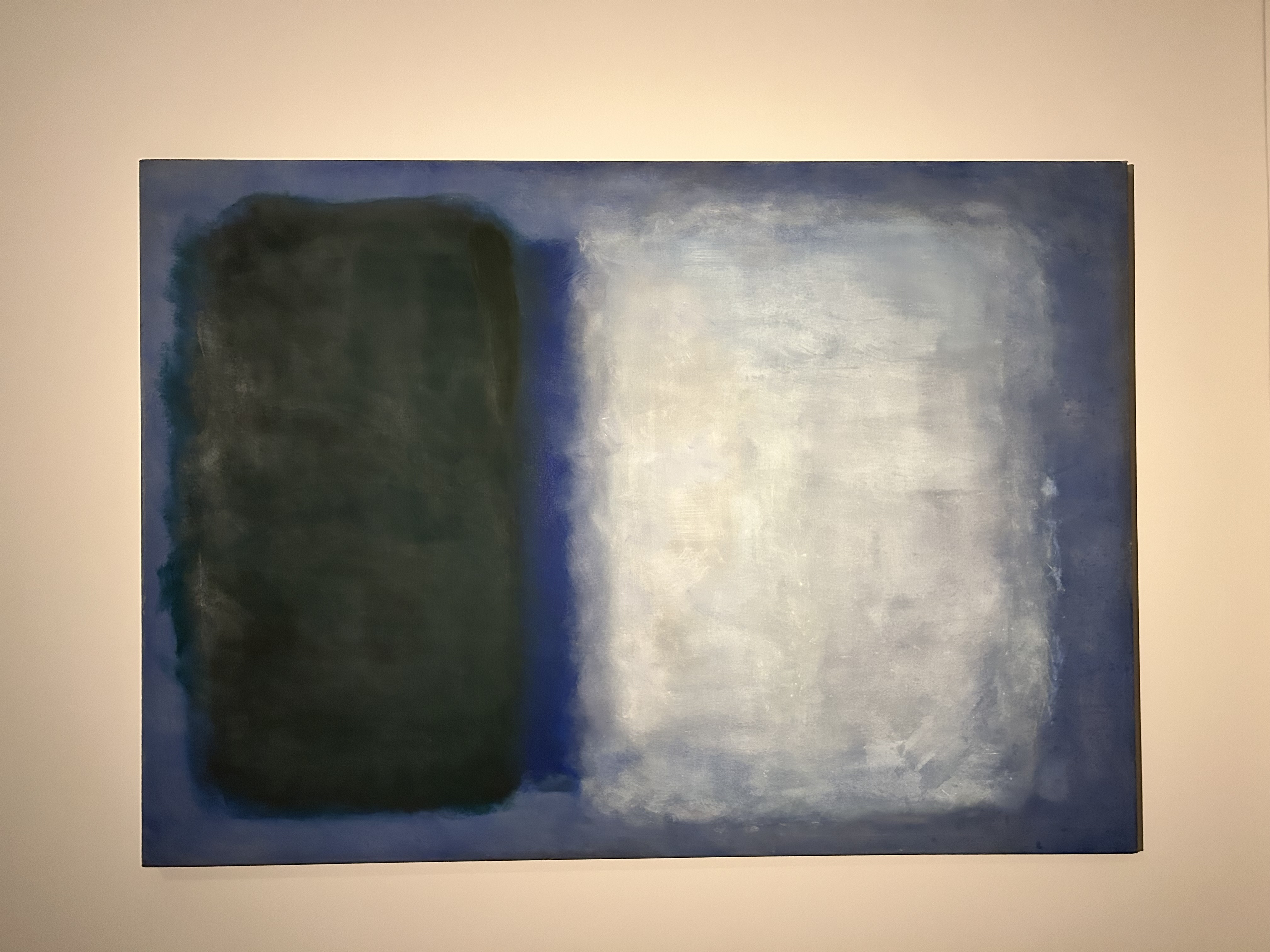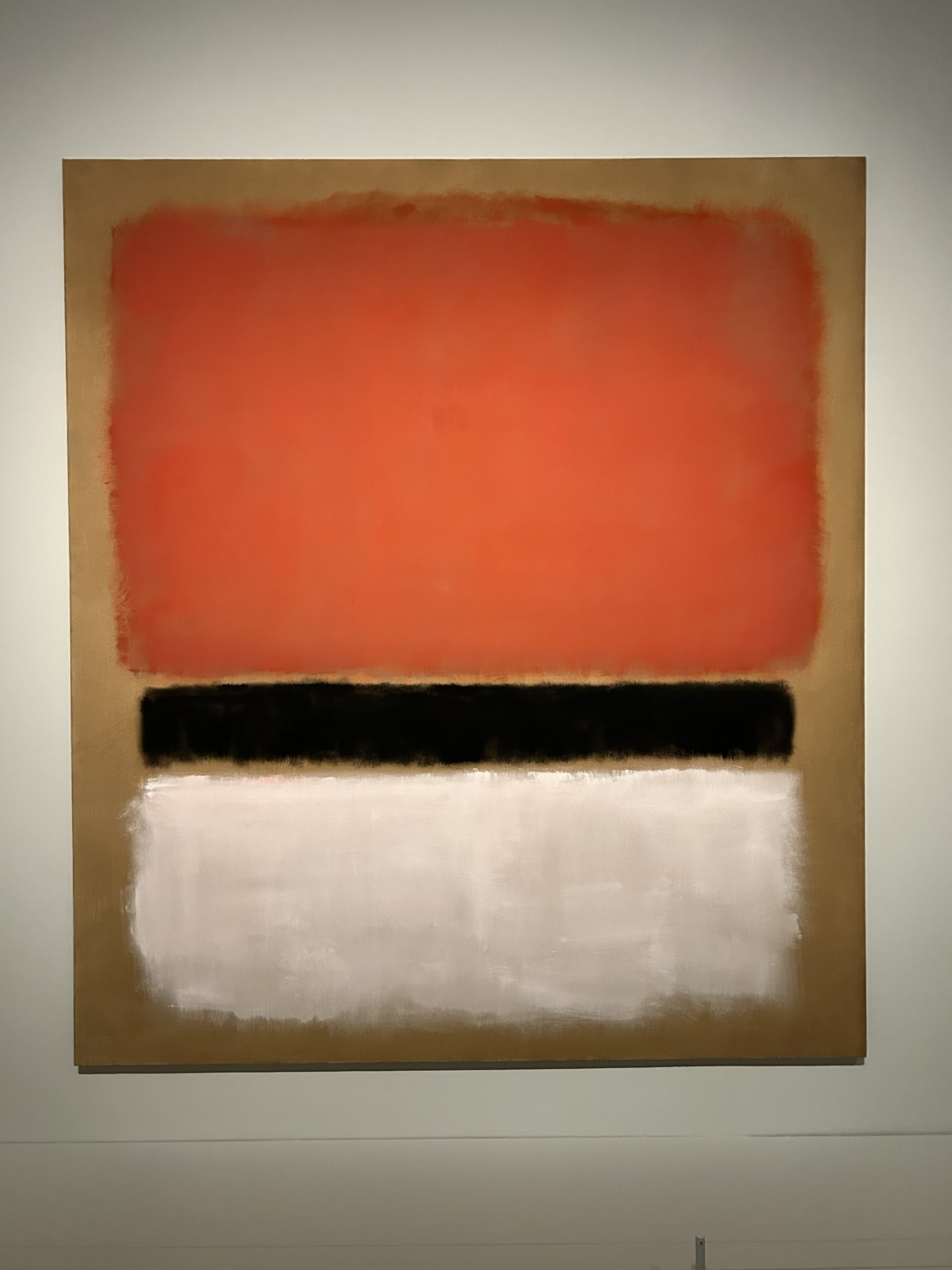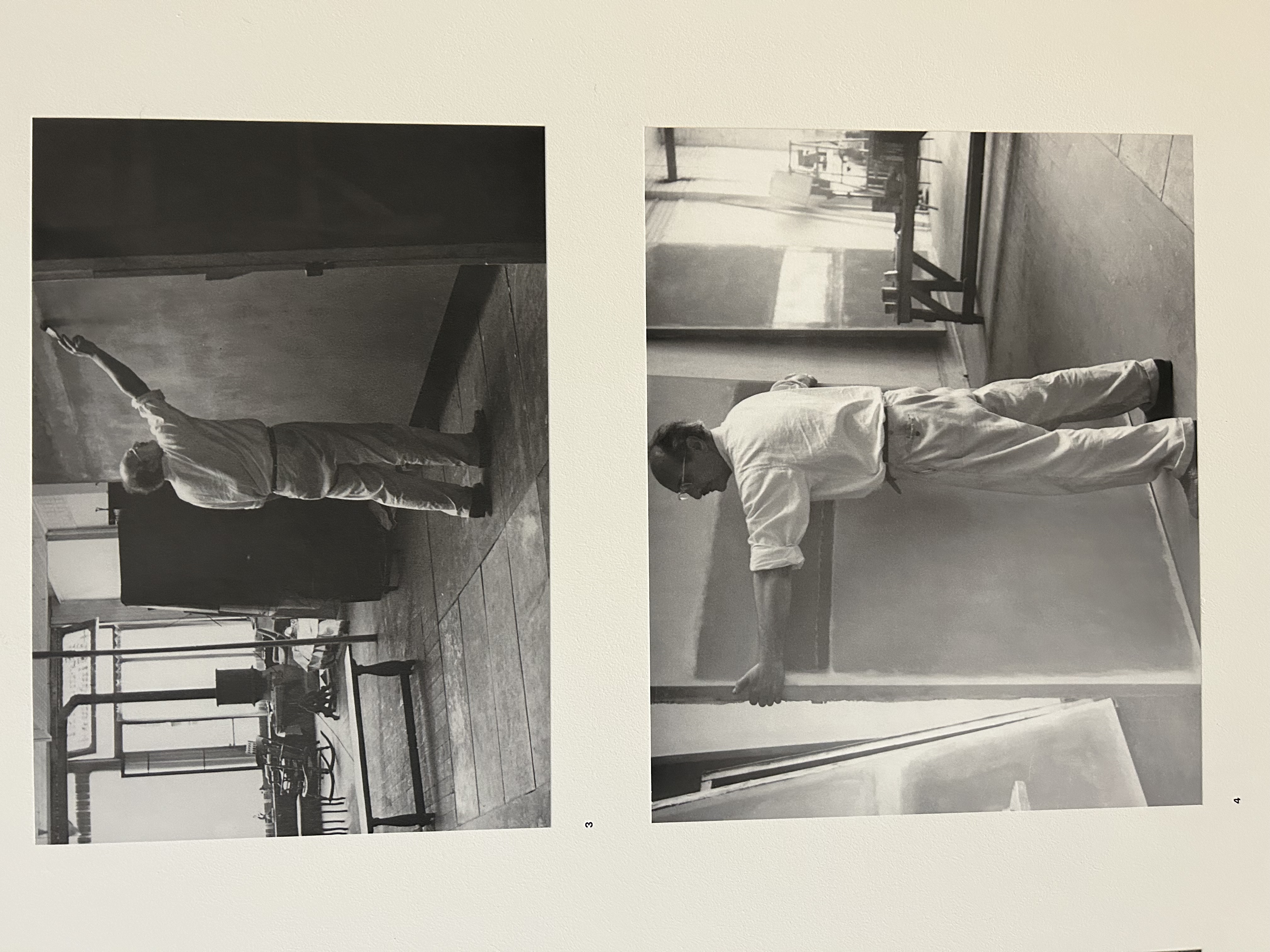Exploring Mark Rothko's Legacy
Mark Rothko is accredited as one of America’s most influential artists, known for his work in the abstract expressionist movement. His pieces have left a very prominent impact on the art industry, invoking emotion and spirituality in his viewers. The Louis Vuitton Foundation in Paris has decided to exhibit 115 pieces of Rothko’s works, all coming from different museums, galleries, and private collections around the globe. Bringing these masterpieces together into one institution allows art enthusiasts to further ponder Rothko's impact on the art world.

Mark Rothko, a Latvian-American, produced artwork from 1949 until 1970. He started to gain recognition for his work during the mid-20th century. His style began as figurative and was influenced by surrealist pieces, but then transformed into his most well known style of abstract expressionism. Rothko’s pieces are usually recognized by his large scale, color-field paintings that are described as showing emotions through color. Art historians believe that Rothko left us with 846 known works, all created over the course of 46 years. Today, the National Gallery of Art, located in London, holds the largest public collection of Rothko's work. The art he created encourages viewers to reflect on their own emotions through his use of color, pushing them to explore deeper meanings present within his art.

Image Credit: Eva Lucia Haber
Rothko is ultimately known for his talent of conveying emotions and deeper meanings through his artistic expression on the canvas. His work inspires viewers to connect on an emotional level. His pieces that use gray and black tones evoke darker emotions, while his lighter toned pieces conjure emotions of happiness. Due to the different color tones, viewers leave his exhibitions feeling a sense of connection to his art.

“I’m interested only in expressing basic human emotions — tragedy, ecstasy, doom ... ,” Mark Rothko.
Many museums keep old artifacts and display traditional art, so it might seem strange for Rothko's abstract paintings to be shown in the same space. While Rothko's art doesn't fall under the "old artifact" category, his paintings actually benefit more from the high-tech lighting that museums provide, due to their vibrant colors. This allows viewers to engage with the works on a level deeper than what would be possible if the work was displayed elsewhere. By placing Rothko's work within the context of a museum, viewers are shown how art is constantly changing over time and why abstract art still matters today. It brings people together; the older generations who have witnessed today's renowned artists grow and evolve, and the younger generations who show appreciation for abstract contemporary art. It is incredibly special to view Rothko's ability to unite generations, that otherwise have little to nothing in common, with love and appreciation of the beauty in art.

Image Credit: Eva Lucia Haber
"I became a painter because I wanted to raise painting to the level of poignancy of music and poetry," Mark Rothko.
The Mark Rothko exhibition at the Louis Vuitton Foundation in Paris gives Rothko enthusiasts a grand view into the artist's world, showcasing the emotions that can be evoked by one look at his abstract expressionist masterpieces. As I walked through the exhibit, I witnessed visitors gasping in awe, shedding tears of joy, expressing their skepticism, and engaging in curious discussions. Each piece displayed a different color scheme. The black and gray pieces evoked deeper and darker emotions than the yellow and orange pieces, which evoked smiles and gazes of awe. Rothko's work will forever be significant due to his ability to push beyond conventional artistic boundaries and allow viewers to explore the deeper parts of their own emotions. While the Paris exhibition is a noteworthy event, it is not the only place to showcase Rothko's work, exhibitions worldwide continue to celebrate the impact he has left on the industry today. The MOMA, the Guggenheim Museum, the National Gallery of Art, and Tate Modern are all galleries and museums that have Rothko's pieces on display today. The simple act of viewing Rothko's art in person may lead you to feel brand new, revolutionary emotions.





